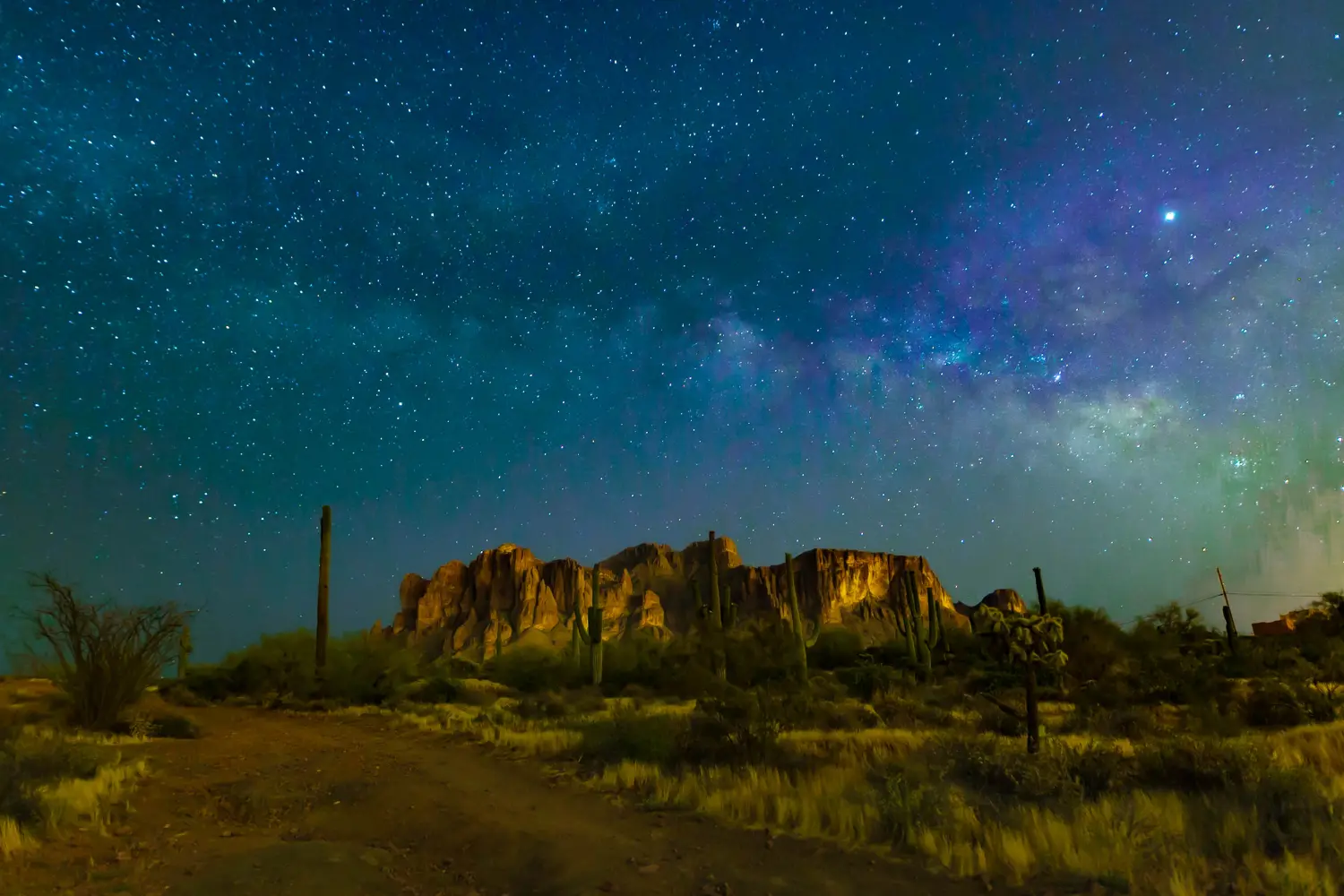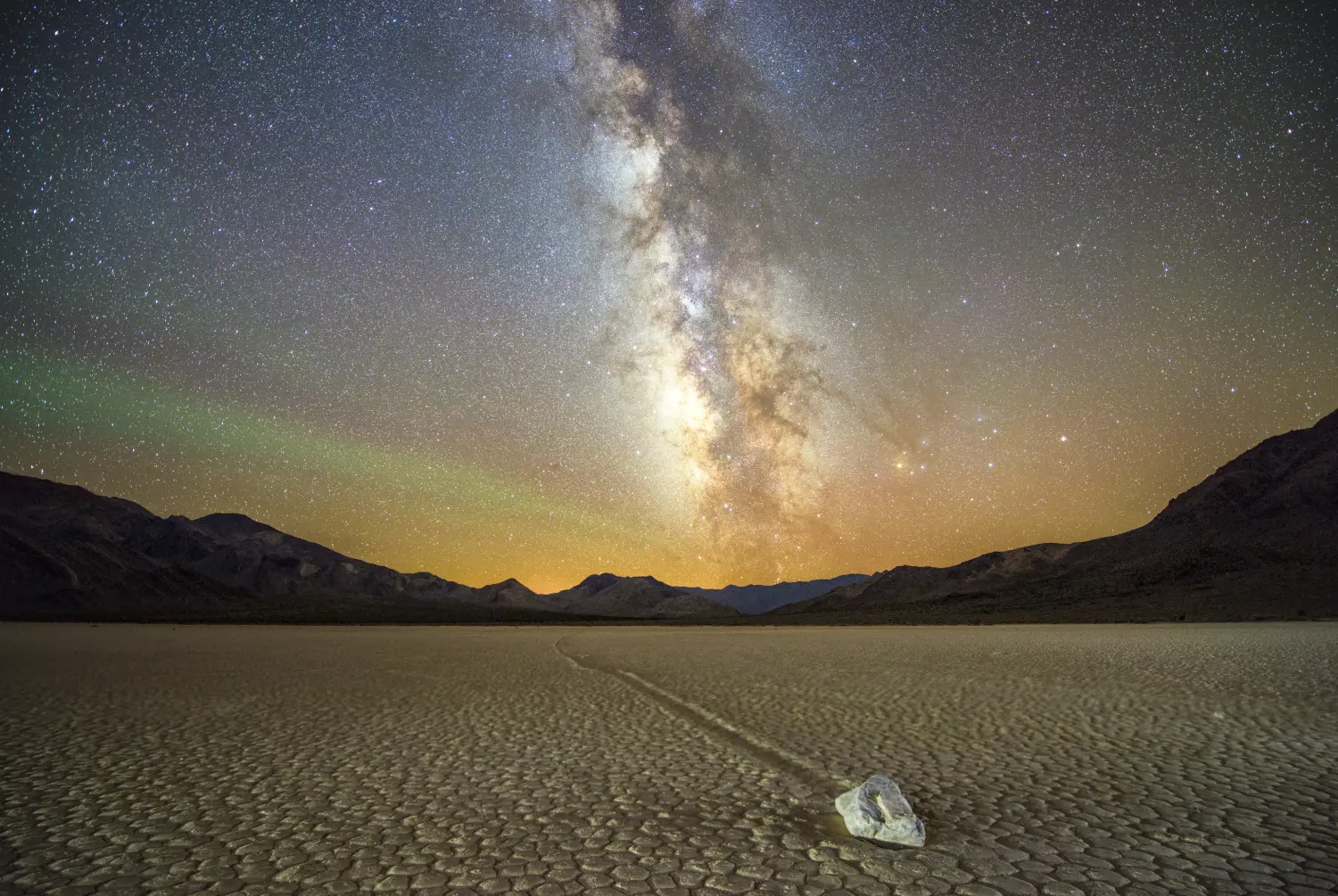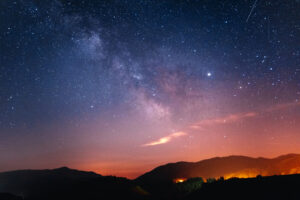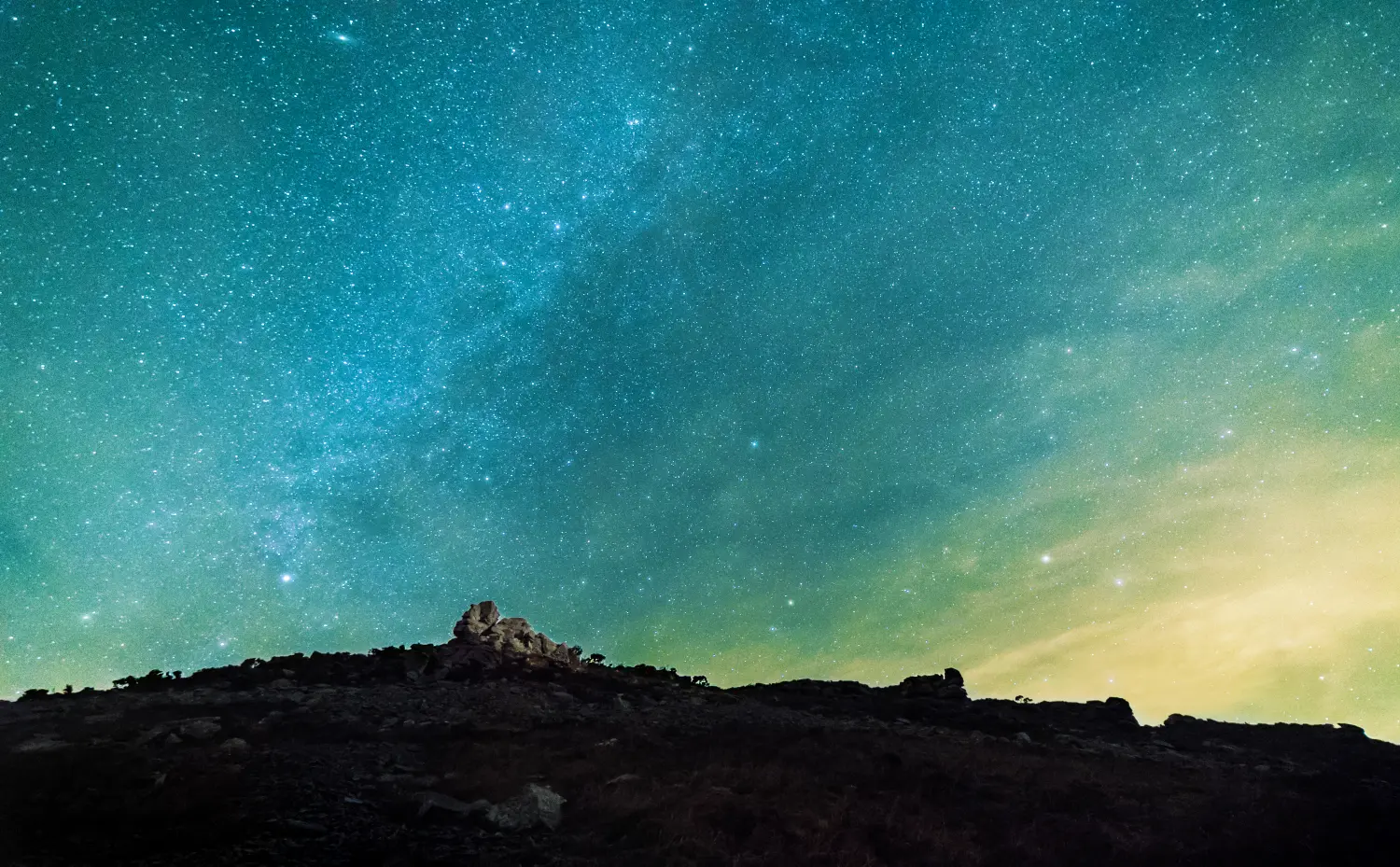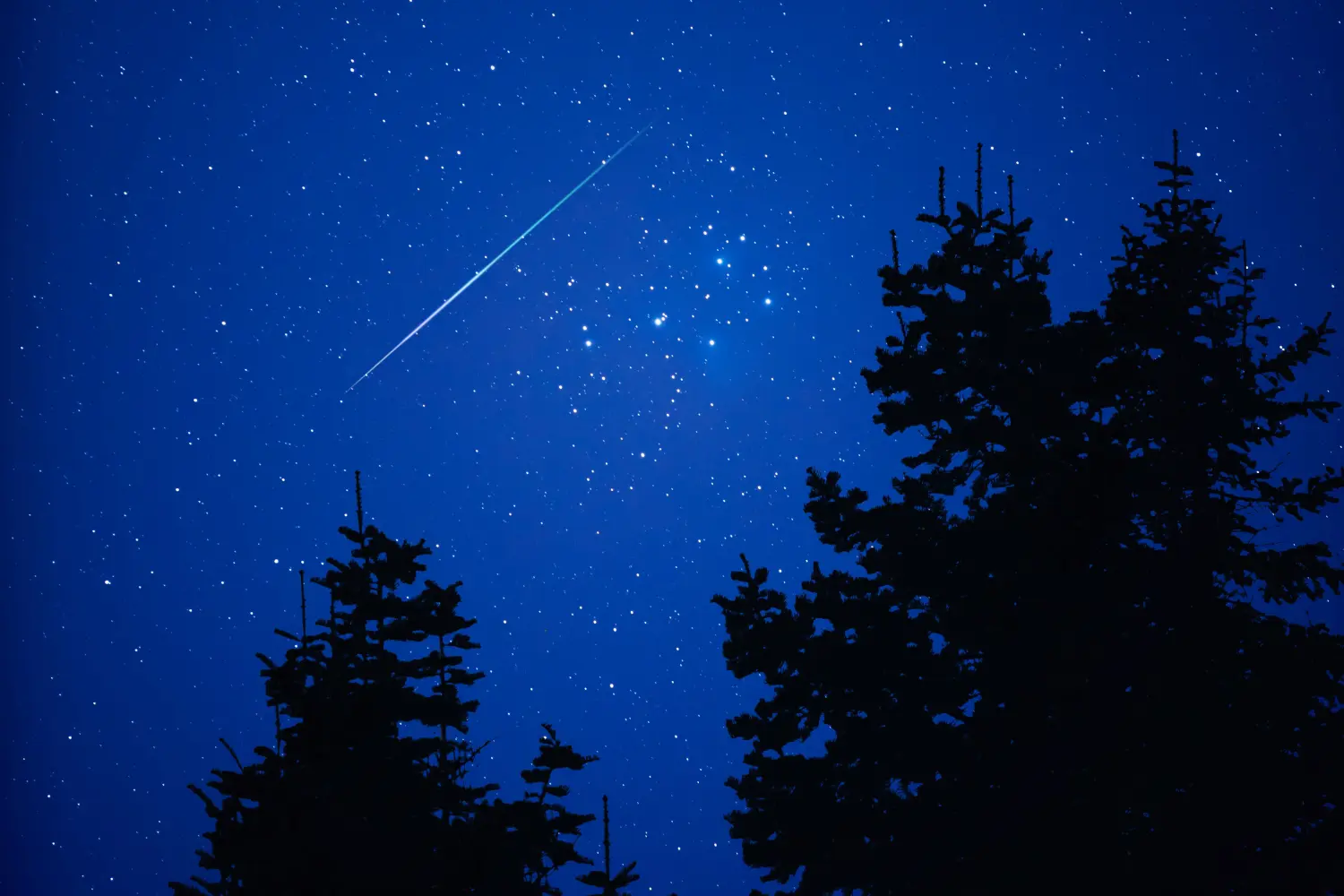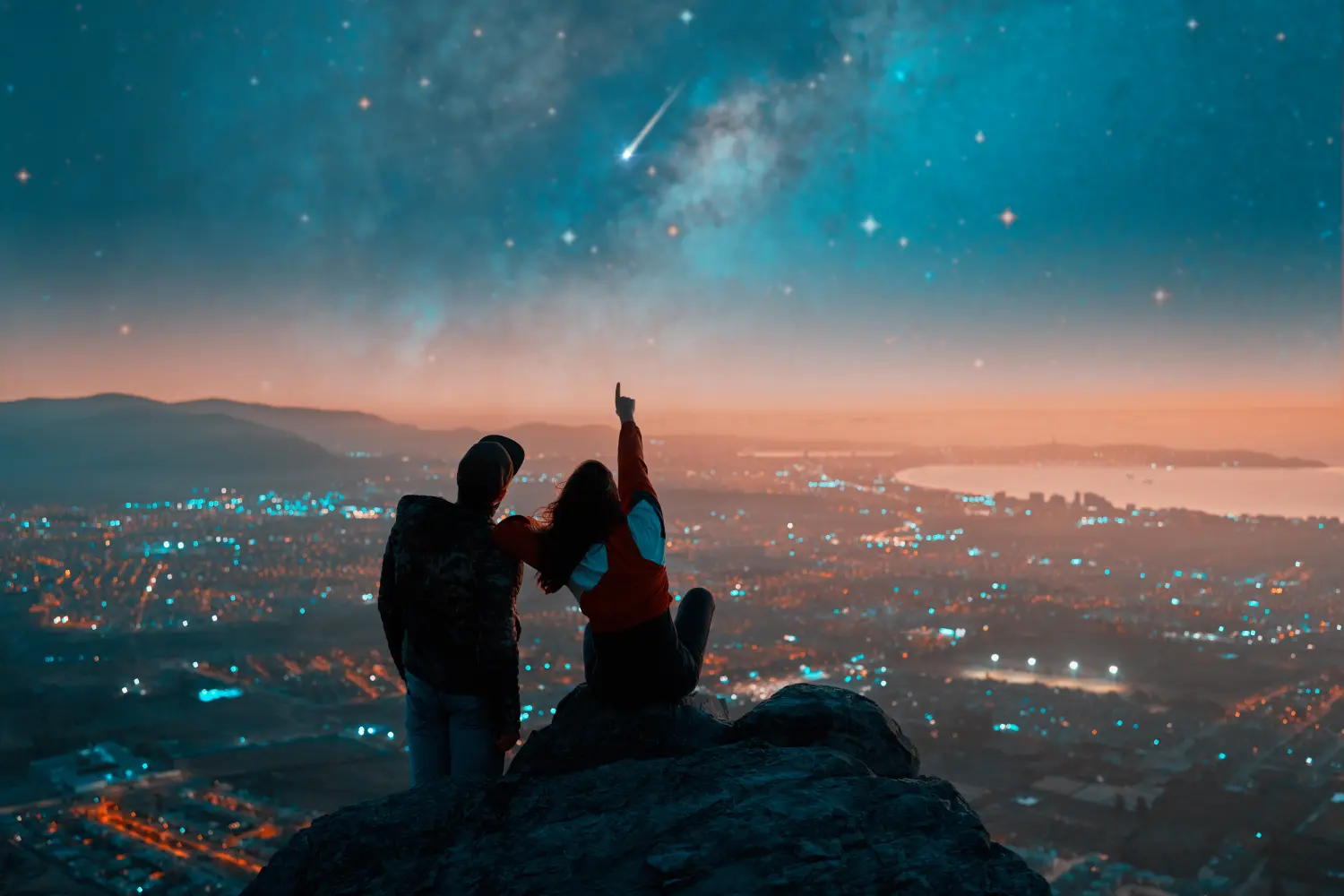
These Are the Best Places for Stargazing
Every year at the end of August, numerous shooting stars showers transform the night sky into a spectacle. But where can you best observe the Perseids in 2023?
15 July 2023
The celestial spectacle already begins in the middle of July and lasts until the end of August: the so-called shooting star nights. They are caused by the Perseids meteor swarm. Until August 24, they cross the Earth's orbit and thus provide lots of action in the night sky of the northern hemisphere. The Perseids 2023 are expected to peak on August 13, when up to 300 shooting stars per hour are supposed to fall. But where can you best observe this fascinating event?
Flagstaff, Arizona/USA
The International Dark Sky Association (IDA) was the first to designate Flagstaff a "Dark Sky Place." The association thus distinguishes those places that are particularly little polluted by artificial light. And thereby make a maximum of the starry sky visible.
© Shutterstock
Flagstaff is located in the north of the US state and has always been popular with "stargazers". No matter where you park your car in the surrounding nature: If the weather plays along, impressive sightings are possible here. The Lowell Observatory in downtown Flagstaff (where Pluto was once discovered!) offers a lot of information and telescopes!
Web: flagstaff.com
Death Valley National Park, California & Nevada/USA
© Shutterstock
As one of the darkest places on earth and a certified International Dark Sky Park, Death Valley is predestined for stargazing. In spring, you can see the Milky Way especially well here. Of course, the 2023 Perseids are visible from just about anywhere in the national park. Popular spots include the Mesquite Flat Sand Dunes, Badwater Basin and Ubehebe Crater.
Web: nps.gov
Mercantour National Park, France
© Shutterstock
Located in the Provence-Alpes-Côte d'Azur region, the National Park Mercantour in the French Maritime Alps is particularly impressive not only during the day. After all, Mont Clapier, the southernmost three-thousand-meter peak in the Alps, is located here! Also at night, far away from light pollution, there is a lot to see. Important: Since this is a strictly protected national park, there are some rules to follow. For example, camping is prohibited.
Web: mercantour-parcnational.fr
Exmoor National Park, England
© Shutterstock
The region of Exmoor National Park is flat throughout, interrupted at most by a few rolling hills. This results in particularly large views. The park, in Somerset and Devon, also has dramatic cliffs and 55 kilometers of coastline. It is an International Dark Sky Reserve and as such is naturally particularly dark. This fact is celebrated, among other things, with "Stargazing Dark Skies Supper Clubs": After an evening barbecue, you go to the planetarium and telescope, before heading out into the nighttime nature.
Web: exmoor-nationalpark.gov.uk
Gesäuse National Park, Styria/Austria
© Shutterstock
Allegedly, the nights at the National Park Gesäuse are among the darkest in all of Europe. On the occasion of the Perseid showers, there is a special guided hike every year. This always books up very quickly, but you can also set out on your own. What's especially great is that the community closest to the park turns off its lights at night to keep light pollution to a minimum.
The best general tips for stargazing
- The eyes need about 30 minutes to get used to the darkness. Therefore, if you want to see a lot of stars, you should stay outside for at least one or two hours.
- The Perseids are best seen when looking to the northeast.
- Keep an eye on the weather forecast: Full moon and cloud cover make it difficult or impossible to see the shooting stars
- If you want to bring a flashlight to orient yourself in the terrain, you should use one with a red light. It does not disturb the eyes.
- Apps like "Star Walk" help identify constellations.

